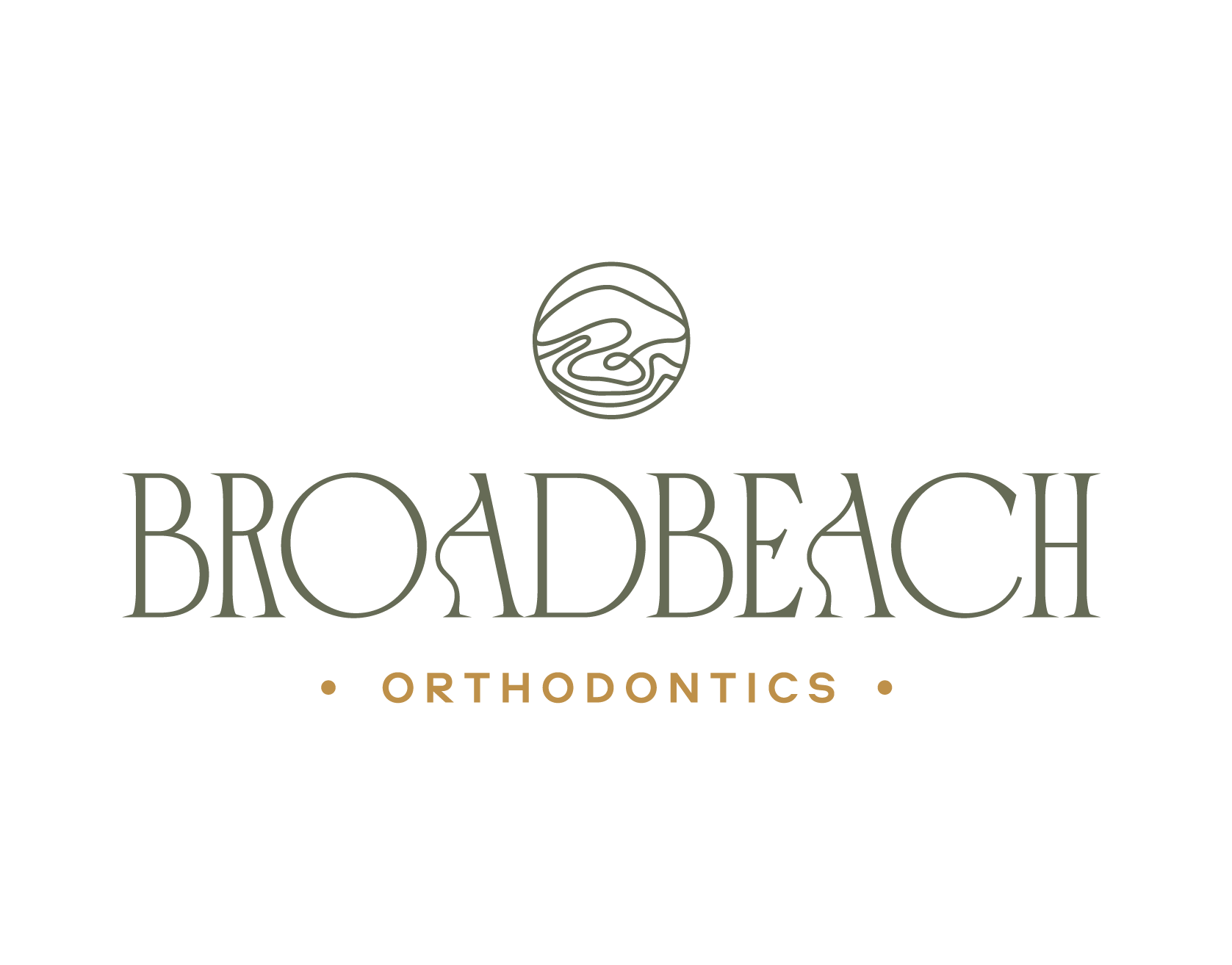Orthodontic treatment, whether with traditional braces or clear aligners, requires diligent oral hygiene to ensure a healthy, beautiful smile. One of the most critical tools in your oral care arsenal is the toothbrush. With so many options available, selecting the right one can seem daunting. Here’s a guide to help you choose the best toothbrush during your orthodontic treatment journey.
Toothbrush Choice Matters
Orthodontic appliances can create nooks and crannies where food particles and plaque can easily get trapped. This can lead to a higher risk of cavities, gum disease, and decalcification (white spots on your teeth). A toothbrush designed to clean around braces and other appliances can make a significant difference in maintaining oral health.
Types of Toothbrushes for Orthodontic Patients
- Manual Toothbrushes
Orthodontic Manual Toothbrushes: These brushes have V-shaped bristles designed to clean around brackets and wires. They can effectively reach areas that a regular toothbrush might miss.
Soft-Bristled Toothbrushes: A soft-bristled toothbrush is gentle on your gums and helps prevent irritation. Look for one with a small head to navigate around your braces more easily.
- Electric Toothbrushes
Orthodontic Electric Toothbrushes: Some electric toothbrushes are specifically designed for orthodontic patients. They often come with specialised brush heads that can reach difficult areas and clean effectively around braces.
Standard Electric Toothbrushes: If you already have an electric toothbrush, you might just need to switch to an orthodontic brush head. These can provide a more thorough clean than manual brushes, especially with consistent use.
Features to Look For
- Bristle Design: Opt for toothbrushes with soft, rounded bristles. V-shaped or bi-level bristles are particularly useful for cleaning around brackets and wires.
- Brush Head Size: A smaller brush head can help you manoeuvre around your braces more easily, reaching the back teeth and tight spaces.
- Handle Comfort: A comfortable grip can make brushing easier and more effective, especially when you need to be thorough.
- Timer: Many electric toothbrushes come with built-in timers to ensure you brush for the recommended two minutes.
Additional Tools for Optimal Oral Hygiene
Interdental Brushes: These small, pointed brushes are perfect for cleaning between braces and under wires where a regular toothbrush might not reach.
Water Flossers: A water flosser can help remove food particles and plaque from around braces and between teeth, complementing your brushing routine.
Orthodontic Wax: Applying orthodontic wax on brackets and wires can prevent irritation and make brushing more comfortable.
Tips for Effective Brushing
Brush After Every Meal: Aim to brush after eating to remove food particles and prevent plaque buildup.
Use Fluoride Toothpaste: Fluoride helps strengthen enamel and protect against cavities.
Be Gentle: Brushing too hard can damage your gums and enamel. Use gentle, circular motions.
Don’t Forget Your Gums: Brush along the gum line to prevent gum disease.
Rinse and Check: After brushing, rinse thoroughly and check your teeth in the mirror to ensure no food particles are left behind.
Conclusion
Choosing the right toothbrush during orthodontic treatment can make a significant difference in maintaining oral health. Whether you prefer a manual or electric toothbrush, ensure it is designed for orthodontic care. Combine your brushing routine with other oral hygiene tools like interdental brushes and water flossers for the best results. With the right tools and techniques, you can keep your teeth and gums healthy throughout your orthodontic journey, paving the way for a beautiful, confident smile.
Looking for expert orthodontic care and personalised advice? Visit Broadbeach Orthodontics for a unique, relaxed, non-clinical experience with Dr. Amesha Maree. Our team is committed to keeping your smile healthy and your appointments on time!





